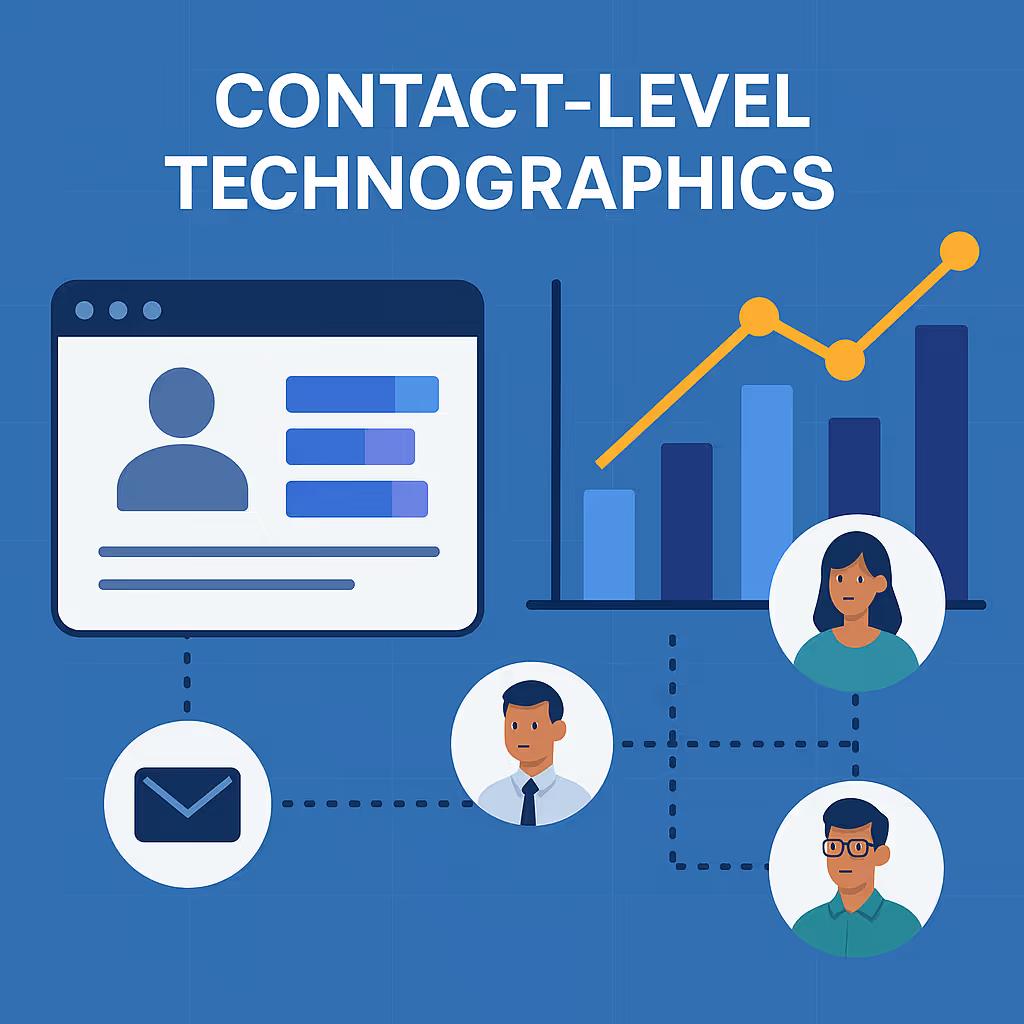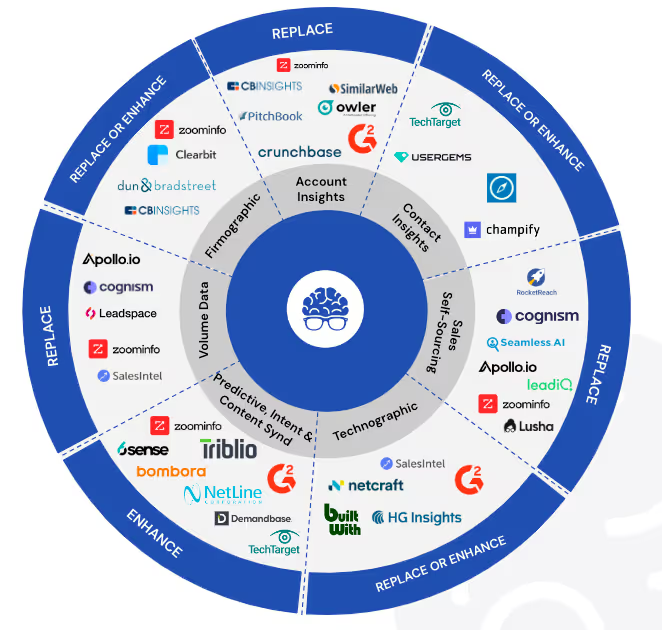How much time are you and your sales reps burning by talking to unqualified leads?
For every minute you spend talking to an unqualified lead, you are losing time that you could be spending with people who actually want to buy your product. Because time is scarce in sales, you need to learn how to accurately qualify leads as quickly as possible.
Know Your Ideal Customer Before You Qualify
Selling without knowing what your ideal customer profile looks like is like driving a car blindfolded: though you might be moving forward, you’re not necessarily going the right direction, and sooner or later you will crash.The first step to creating a road map to your a sales process that generates predictable revenue is knowing what kind of customers you want. When developing your ideal customer profile, provide as many details as possible, like industry, size, location, revenue, etc. The more you know, the better you will be at finding, reaching, and converting your prospects. If you’re not sure who your ideal customer is yet, start by looking at who your best customers are and what they share in common.
Working Backwards for Better Lead Qualification
The best way to accurately qualify leads is to ask thoughtful questions. When planning your qualification questions, it’s helpful to think about your best existing customers. What questions could you ask your best client that would produce similar responses from your other top 3 customers? These make great questions to ask your prospects when qualifying leads. Prospects that answer similarly to your ideal clients would make great new customers.Here are a few examples of good qualifying questions used by a B2B company selling a B2B sales tool. Their ideal customers are B2B companies with more than 500 employees.
- “What is your current sales process?”
- “Who are your customers?”
- “How do you get leads?”
- “What is the average lifetime value of a customer for you?”
Questions to Qualify Leads on the First & Second Calls
Qualifying doesn’t stop after the first sales call. The more times you talk to a the lead, the deeper your qualifying questions should become. These questions are your chance to discover the lead’s current status what may have changed since you last talked.
Backup Plans for Lead Qualification Questions
It’s helpful to plan your questions ahead, but be prepared to come up with new questions if the conversation shifts.If ever you get stuck, it’s helpful to use this guiding idea:“Do they have a problem I can actually solve?”And then think about these questions to guide you through the rest of qualifying:
- “Does my product solve their pain point?”
- “Does my product save them time?”
- “Does my product save them money?”
- “Does my product make them money?”
- “Does my product reduce their risk?”
- “Is my product in their budget?”
- “Are they already using and paying for my competitor’s product?”
- “How quickly can they make a decision to buy?”
Weeding Out the Unqualified Leads Before Your First Touch
If you’re getting a high percentage of unqualified leads, you might want to rethink your sales process. Deliberately placing extra barriers for prospects removes some of the riff-raff, and prevents you from being flooded with low quality prospects. When we were at Y-Combinator, one of the B2B companies from our batch quickly filled their pipeline after they started giving away free 30-day trials for their product. However, their sales rep had more leads than he could handle, many of which were unqualified, but he couldn’t easily tell who was and wasn’t a good fit for their company.What’s the solution to this type of problem?Charge something early on. Anything. Just make them pay something.It doesn’t have to be expensive, but even changing a free trial to costing a small amount like $1 is a good way to see who’s a serious prospect and who just wants free lunch.You also may want to reconsider which audience you target, and change your outbound efforts to either a more targeted niche or an entirely different niche. One B2B startup we know changed their focus from a broad target of “B2B startups” to a more narrow target of “B2B startups with sales products who have raised at least series A and have at least 10 employees” and increased their percentage of leads that qualified by 18%.
And Lastly, Don’t Get Too Excited!
Don’t let your expectations or emotions distract you from qualifying your lead accurately. You should never qualify a lead just because you had an enjoyable call. Likewise, you shouldn’t give into the temptation of qualifying a prospect who doesn’t fit your customer profile just because their pockets are deep or their name is big. As much as a prospect like that may excite you, these kinds of customers will cost your company time and other resources that should be allocated to better clients for your business.
Qualifying Leads Get You Better Customers!
Lead qualification isn’t just about removing deadweight loss for sales; it helps your company stay healthy. Whether your leads are coming inbound from a webinar, blog or referral or from outbound prospecting, if you aren’t qualifying you will end up with the wrong customers.




